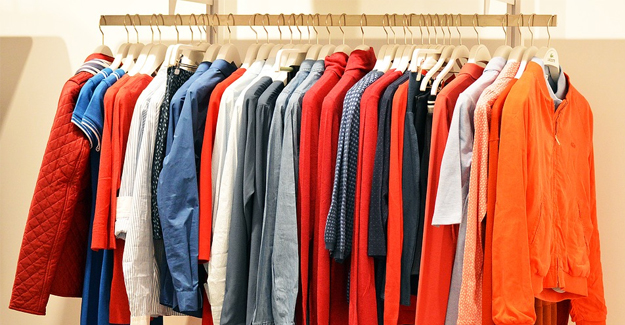
Apparel Exports To Be Stagnant For The Second Consecutive Year
Garment exports from India during the current fiscal ending March 31, 2017, are expected to continue its sluggish trend. This will be the second consecutive year when the exports are likely to show a flat to a very marginal growth. For the eleven month period ended February 2017, the garment exports have shown a meager growth of 0.5%. For the full year ended March 2016, the exports of apparel stood at around $ 16.9 billion as against 16.8 billion in FY2015.
Demand slowdown from key importing countries in Europe and the US is being cited as the prime reason for this weak performance which could be seen as a dampener at a time when the government was expecting a distinct turnaround following its special package for the industry. The Rs 6,000-crore package approved by the Union Cabinet last year was aimed at increasing the exports of garments from the country to around $30 billion in the next three years. In fact, the industry was expected to post a growth of around 15-20% for the current fiscal year.
"Overall global economy has been moving at a slow pace and that is getting reflected on our garment exports as well. Both our traditional and non-traditional markets have not been in the favourable zone. For us the only redeeming factor is the fact that we have been able to arrest the decline," says Rahul Mehta, president, Clothing Manufacturers Association of India (CMAI).
"Amidst the weak and volatile phase in the global apparel trade, India's apparel exports remain flat and not encouraging for the second consecutive year in FY2017. This trend, however, needs to be looked into in conjunction with the declines in global apparel trade in value terms during the period," states Jayanta Roy, senior vice president and group head, corporate sector ratings, ICRA.
The rating agency says that the global apparel trade remains under pressure, having contracted for the second consecutive year owing to subdued demand conditions in the key importing countries. While the volumetric growth remains marginally positive, primarily aided by a recovery in demand from Europe, the realisation experienced a decline. However, the agency has projected a modest recovery for the next fiscal year. The pace of growth for the other Asian apparel exporters like Bangladesh, Cambodia, and Vietnam has also moderated during the past two years, though they have continued to grow at a relatively better pace as compared to India. However, the US's recent exit from the Trans-Pacific Partnership (TPP) is likely to realign textile trade and investments towards the Indian subcontinent that were diverted to Vietnam over FY2016-FY2017. "With US moving out, the partnership and its trade objective will become irrelevant. Vietnam, one of our major competitors of India, is now unlikely to gain any advantage and hence there will be a level playing field for India which has been struggling to compete in the global market," says Mehta who is of the view that the next fiscal would be better for the garment exports.
Meanwhile, India Ratings and Research (Ind-Ra) has said that the domestic textile industry is heading for a much improved financial year in FY2018 following improvement in overall scenario in the wake of stable input prices, healthy capacity utilisation and steady domestic demand. "Support emanating through fiscal incentives and implementation of Goods and Services Tax (GST) will improve the textile industry's export competitiveness," says the agency which has maintained a stable outlook for cotton textiles for FY2018. However, the agency has revised its cotton outlook to stable for FY2018 from negative for FY2017. In addition, the agency has revised its outlook for synthetic textiles to stable for FY2018 from negative for FY2017.
Ind-Ra expects cotton acreage to increase 10-15% to nearly 12 million hectares in FY2018, leading to increased production. It projects a domestic stock-to-use ratio of nearly 13% for the cotton marketing year (MY) 2017-18 (MY2016-17: 15.3%, MY2015-16: 13.8%). The expectation is in view of continued auction of Chinese reserves and global cotton processing countries (excluding China) holding about six months of inventory.
Besides, a unified tax structure in the form of GST is likely to create a level playing field for the cotton and polyester industries, and promote enhanced sponsor interest towards the polyester chain. Ind-Ra opines that textile companies would be able to deleverage their balance sheets in FY2018 in the absence of major investments due to adequate capacities and pending uncertainty over the GST tax rates.
The next round of investment cycle is likely from FY2019. The agency expects an improvement in the credit profiles of textile companies, including raw cotton players, driven by lower cotton inventories, limited capital investments and reduced borrowing costs.
Textile Excellence
If you wish to Subscribe to Textile Excellence Print Edition, kindly fill in the below form and we shall get back to you with details.








